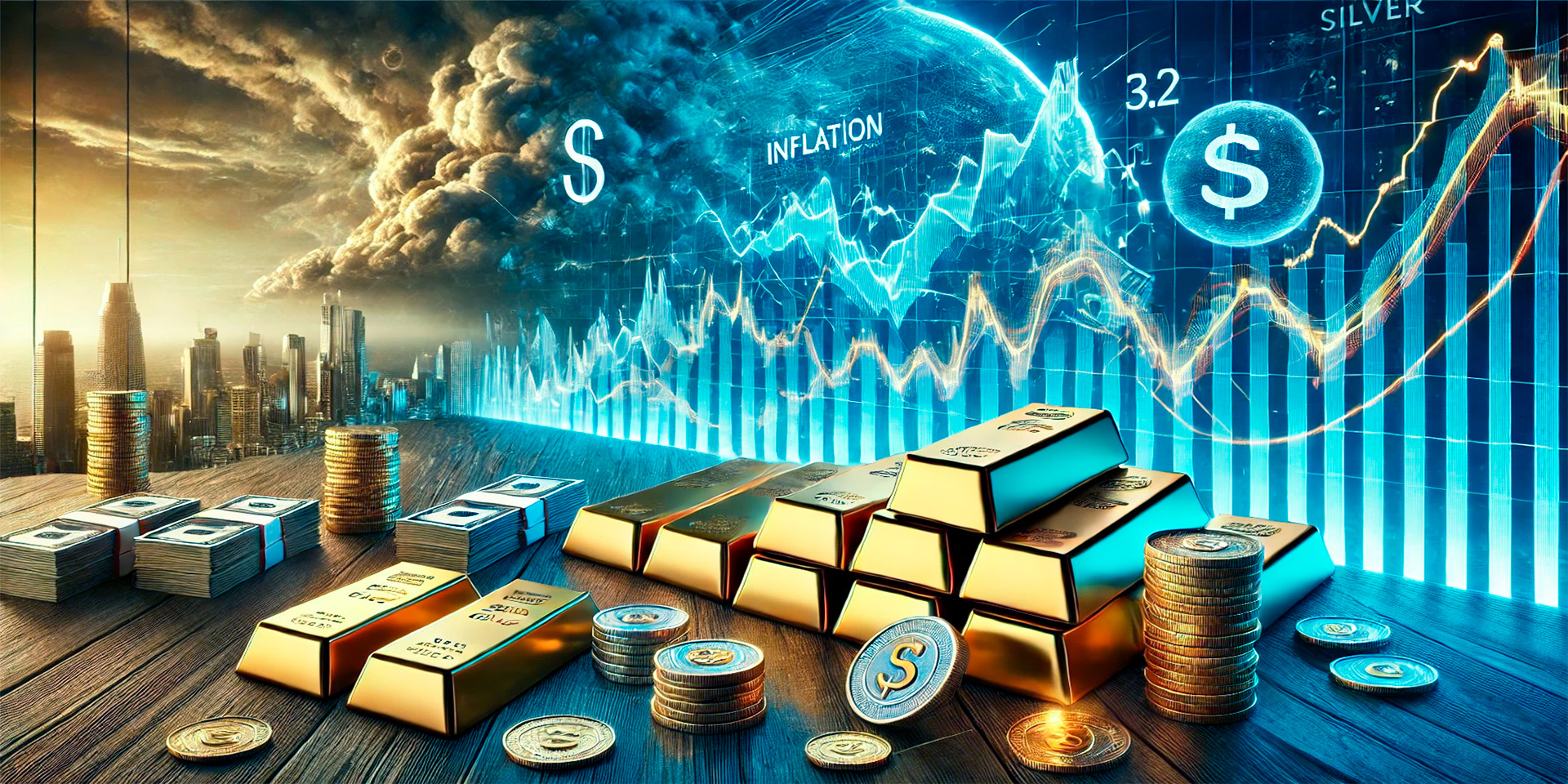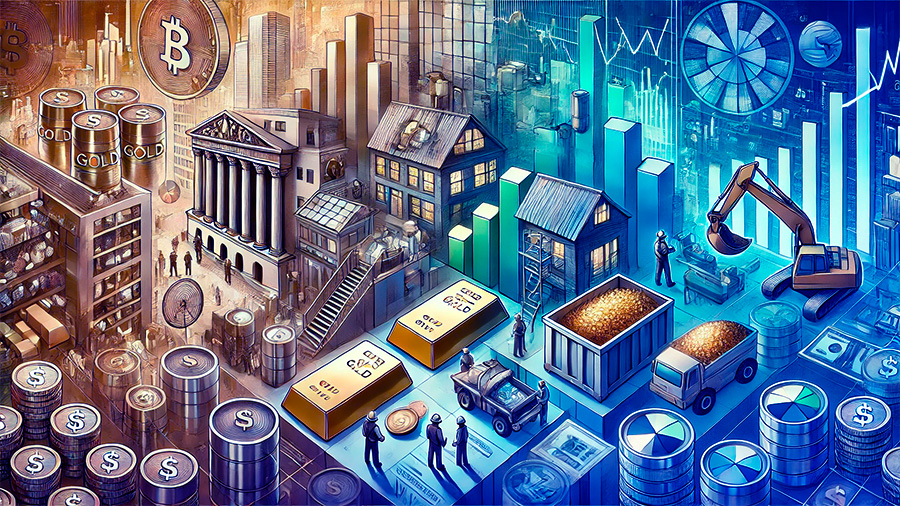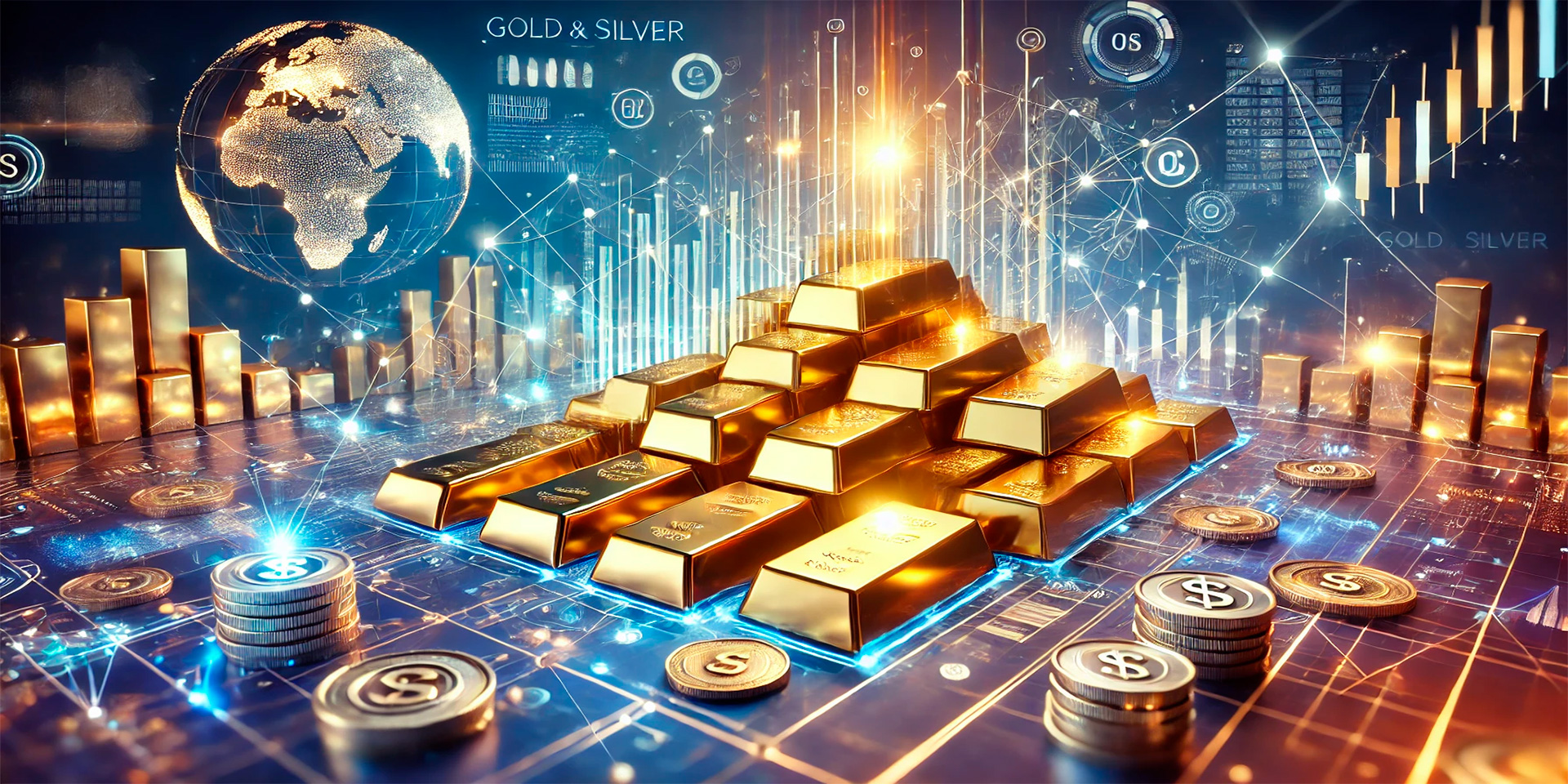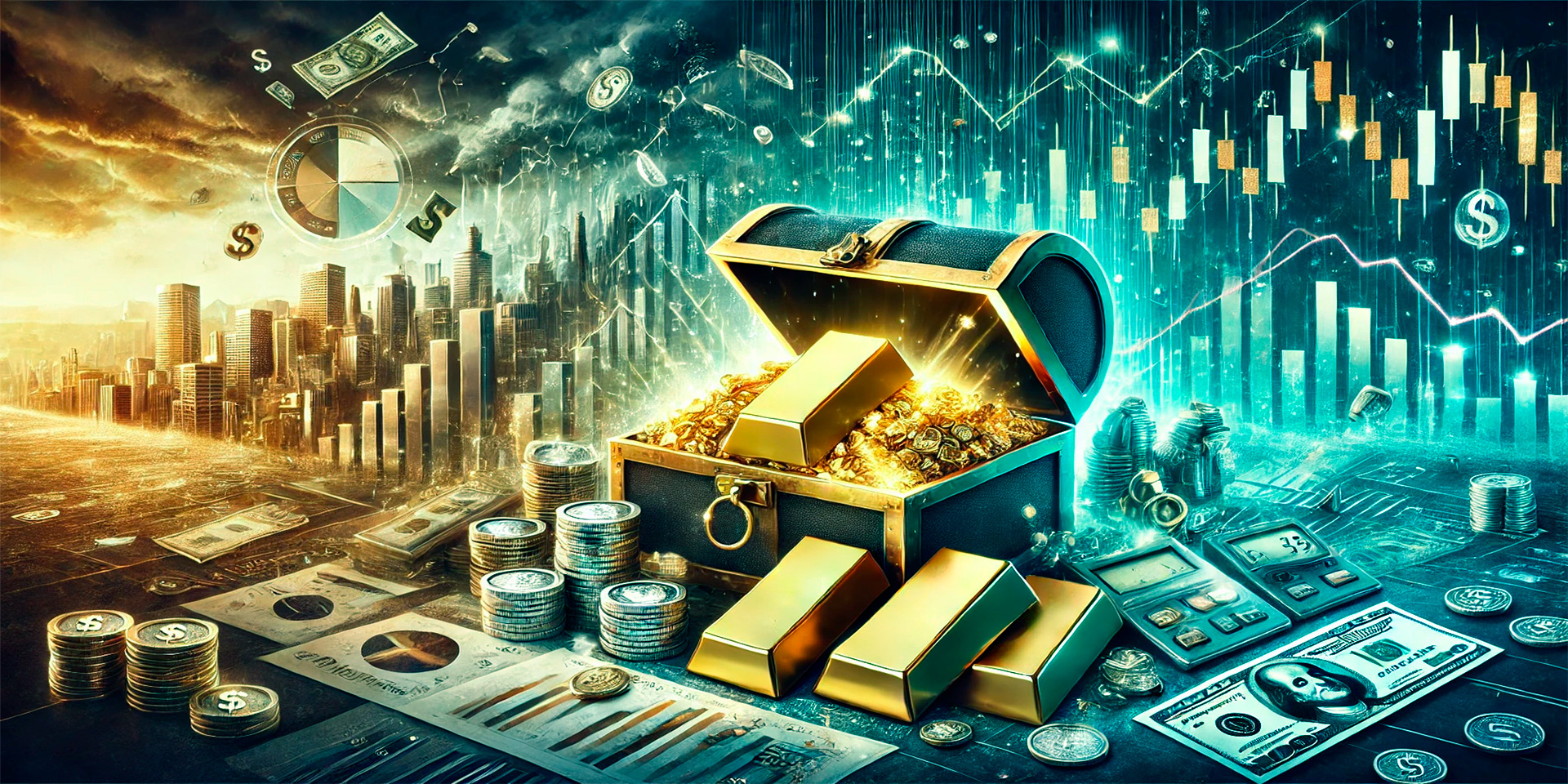
In times of economic instability and rising inflation, many investors turn to precious metals, such as gold and silver, as safe-haven assets. These metals have been used for centuries as stores of value, and their role as a hedge against inflation has only grown in importance. Unlike paper currencies, which can lose value due to inflationary pressures, gold and silver maintain their purchasing power over time. This article explores how investing in precious metals can protect your wealth during periods of inflation and economic volatility.
The Historical Role of Precious Metals in Economic Stability
Gold and silver have long been considered reliable stores of value. Throughout history, they have served as the foundation for currency systems and have been sought after during times of economic uncertainty. The value of precious metals is largely independent of the economic policies that can devalue fiat currencies, making them an attractive investment when inflation erodes the value of paper money.
1. Gold as a Store of Value
Gold has been used as a currency for thousands of years. Its physical properties—scarcity, durability, divisibility, and ease of transport—make it ideal for preserving wealth. When inflation causes paper money to lose value, gold tends to hold its value or even increase in price, making it a reliable asset to protect purchasing power.
The role of gold in hedging against inflation:
- Preserving wealth: As the value of fiat currencies declines due to inflation, gold maintains its purchasing power, offering investors a safeguard against economic instability.
- Historical performance: Historically, gold has performed well during periods of high inflation and financial crises, often outperforming other asset classes such as stocks and bonds.
- Safe-haven status: Gold is often considered a “safe-haven” asset during times of economic uncertainty, making it a go-to investment when inflationary pressures are high.
2. Silver as an Alternative Investment
While gold is the more popular precious metal for hedging against inflation, silver also plays a significant role in protecting wealth. Silver has industrial uses in addition to its value as a store of wealth, which gives it a unique position in both the precious metals market and the broader economy. Although it may be more volatile than gold, silver often mirrors gold’s price movements, especially during periods of inflation.
The advantages of silver in times of inflation:
- Affordability: Silver is more affordable than gold, making it accessible to a wider range of investors who want to protect their wealth but cannot afford to invest in gold.
- Industrial demand: Silver’s industrial applications in electronics, solar panels, and medical devices provide additional support for its value, especially as demand for these technologies grows.
- Price volatility: While silver can be more volatile than gold, its price often rises during inflationary periods as investors seek safe-haven assets.

Why Precious Metals Perform Well During Inflationary Periods
Precious metals, especially gold and silver, tend to perform well during inflation for several reasons. These metals are not tied to the performance of any single currency, meaning they are not directly affected by inflationary policies implemented by central banks. When the cost of living rises and the value of paper currencies declines, investors flock to gold and silver as alternative stores of value.
1. Protection Against Currency Depreciation
Inflation erodes the purchasing power of fiat currencies, leading to depreciation in their value. Governments often respond to inflation by printing more money or lowering interest rates, which can devalue currencies even further. Gold and silver, on the other hand, maintain their value during these times, offering a stable alternative to paper money.
How precious metals protect against currency depreciation:
- Intrinsic value: Unlike fiat currencies, gold and silver have intrinsic value and are not subject to the same risks of devaluation caused by monetary policy or excessive money printing.
- Global demand: The global demand for gold and silver is consistent, providing stability in their value regardless of local economic conditions or currency fluctuations.
- International market: Precious metals are traded on international markets and are priced in U.S. dollars, making them less susceptible to inflation in any single country.
2. Limited Supply of Precious Metals
Both gold and silver are finite resources, with mining operations often unable to keep up with demand. This scarcity gives them value, which tends to increase when there is a rise in inflation. The supply of these metals is limited, unlike paper currencies that can be printed in unlimited quantities. This natural scarcity makes precious metals a reliable store of value.
The role of scarcity in the value of precious metals:
- Supply-demand dynamics: The limited supply of gold and silver, combined with their growing demand during periods of inflation, ensures that their value remains strong.
- Mining challenges: The costs associated with mining precious metals, including the exploration, extraction, and refining processes, further limit the supply of gold and silver, ensuring their long-term value.
- Hedge against overproduction: Unlike fiat currencies, precious metals cannot be inflated or overproduced by central banks, making them a safer alternative when inflation rises.

How to Invest in Precious Metals to Hedge Against Inflation
There are several ways to invest in precious metals, depending on your financial goals and risk tolerance. Each method has its benefits and drawbacks, but they all offer a way to protect wealth during periods of inflation.
1. Physical Gold and Silver
Investing in physical gold and silver is one of the most direct ways to protect your wealth from inflation. This can be done by purchasing coins, bars, or jewelry. While physical gold and silver provide a tangible asset, they also come with storage and insurance costs.
Advantages of physical gold and silver:
- Direct ownership: You physically own the asset, which can be reassuring in times of financial instability.
- Asset security: Precious metals are not subject to counterparty risk, such as the risk of default associated with stocks or bonds.
- Global acceptance: Gold and silver are universally recognized and can be liquidated anywhere in the world.
2. Precious Metal ETFs and Mutual Funds
If you prefer not to hold physical metals, you can invest in exchange-traded funds (ETFs) or mutual funds that track the price of gold and silver. These funds provide exposure to precious metals without the need for storage or physical ownership.
The benefits of precious metal ETFs and mutual funds:
- Liquidity: ETFs and mutual funds are easy to buy and sell, offering liquidity that physical metals do not.
- Diversification: These funds often hold a diversified portfolio of precious metals and mining stocks, which can provide exposure to both physical metals and the mining industry.
- Lower fees: Investment in ETFs and mutual funds typically comes with lower management fees than owning physical metals or mining stocks.
3. Mining Stocks and Precious Metal ETFs
Investing in precious metal mining companies is another indirect way to gain exposure to gold and silver prices. Stocks in mining companies tend to rise when precious metal prices increase, but they also come with risks related to the company’s operations, management, and market volatility.
The potential of mining stocks:
- Leverage on metal price movements: Mining stocks tend to offer higher returns than physical metals, as the value of these stocks often outpaces gold and silver prices during periods of high demand.
- Dividend potential: Some mining companies pay dividends, which can provide a regular income stream in addition to potential capital gains.
- Exposure to company-specific risks: Mining stocks carry risks tied to the company’s performance, such as management decisions, production issues, and regulatory changes.
Conclusion
Precious metals, particularly gold and silver, offer a time-tested hedge against inflation and economic instability. As currencies lose value during inflationary periods, the intrinsic value of gold and silver provides a stable store of wealth. By investing in physical metals, ETFs, mutual funds, or mining stocks, investors can protect their wealth, reduce risk, and preserve purchasing power in times of financial uncertainty. As the global economy continues to face inflationary pressures, precious metals will remain a key component of investment portfolios seeking long-term stability.






